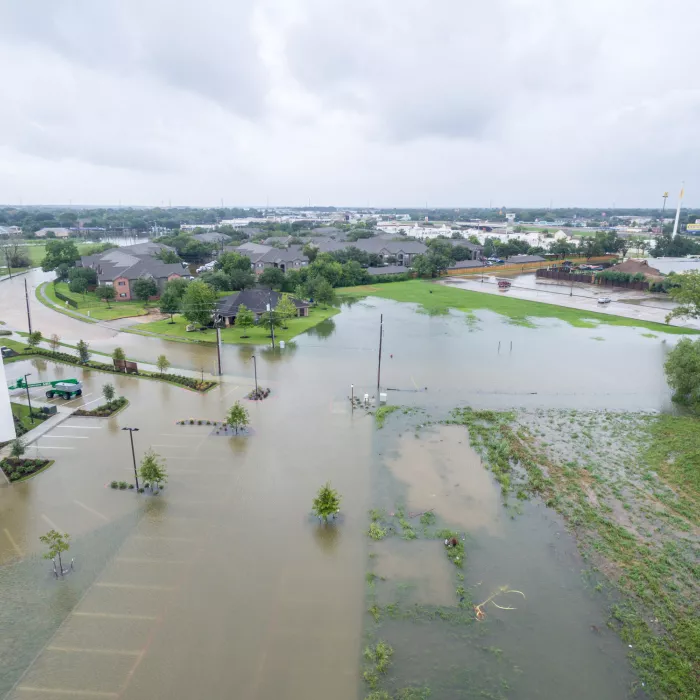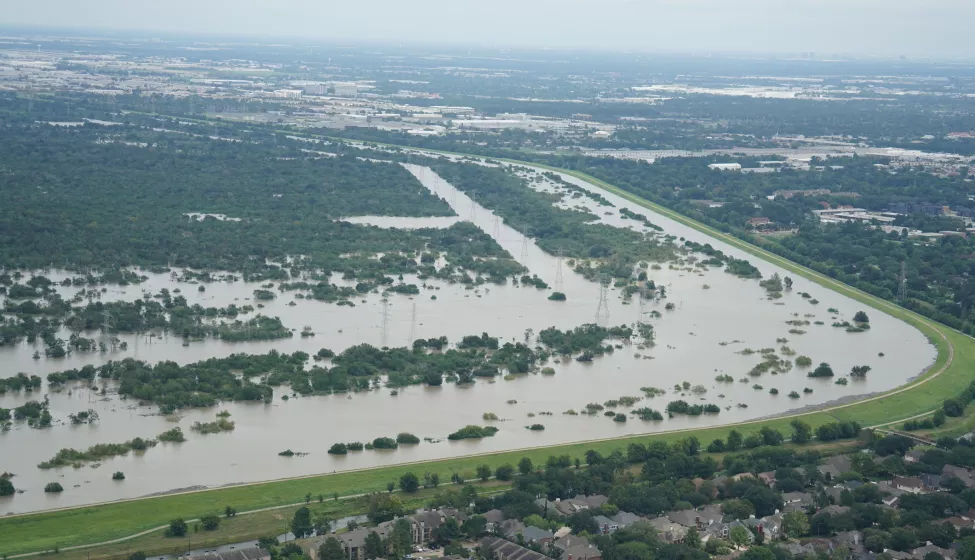April 24, 2025
United States Geological Survey (USGS) monitoring systems and historical records normally offer reliable data that can inform accurate assessments of flooding incidents. But monitoring devices sometimes malfunction. Engineers or scientists who rely on erroneous data can reach erroneous conclusions, as happened in this case.
In their paper "Analysis of Floodwater Entry to Corporate Campus," published as part of the proceedings of the American Society of Civil Engineers' (ASCE) 10th Forensic Engineering Congress in Seattle, Washington, in 2024, Exponent engineers David Peraza and Bob Bailey discuss the Hurricane Harvey-related flooding of a large corporate campus and a subsequent hydraulic analysis that heavily relied on a flawed USGS data source to understand the source of the floodwater and determine how and when it entered each building.
The authors' analysis included evaluating the hydrologist's report and hydraulic inflow analysis; reviewing company documents related to the event, related USGS data, and photographs and videos of the flooding posted on social media; taking measurements at the flooding site; and performing hydraulic calculations to estimate and simulate water rate and volume.
Through their forensic engineering analysis, the authors identified the flawed data and concluded that the vast majority of campus floodwater resulted from the rising water level of the bayou as opposed to runoff from the local watershed. They further found that the hydrologist's initial exclusive reliance on flawed data from a malfunctioning stream gauge had led to an erroneous conclusion. The authors' findings offered crucial evidence to help resolve a $100 million dispute between the flooded business and its insurance carrier.

"Analysis of Floodwater Entry to Corporate Campus"
Read the full article with log in here.
From the publication: "Hydraulic analysis indicates runoff from the local watershed, by itself, would not have been sufficient to cause water entry into any of the basements. Also, the increase in the water level caused by runoff from the local watershed at each major entry point was minimal relative to the water level of the Bayou."



